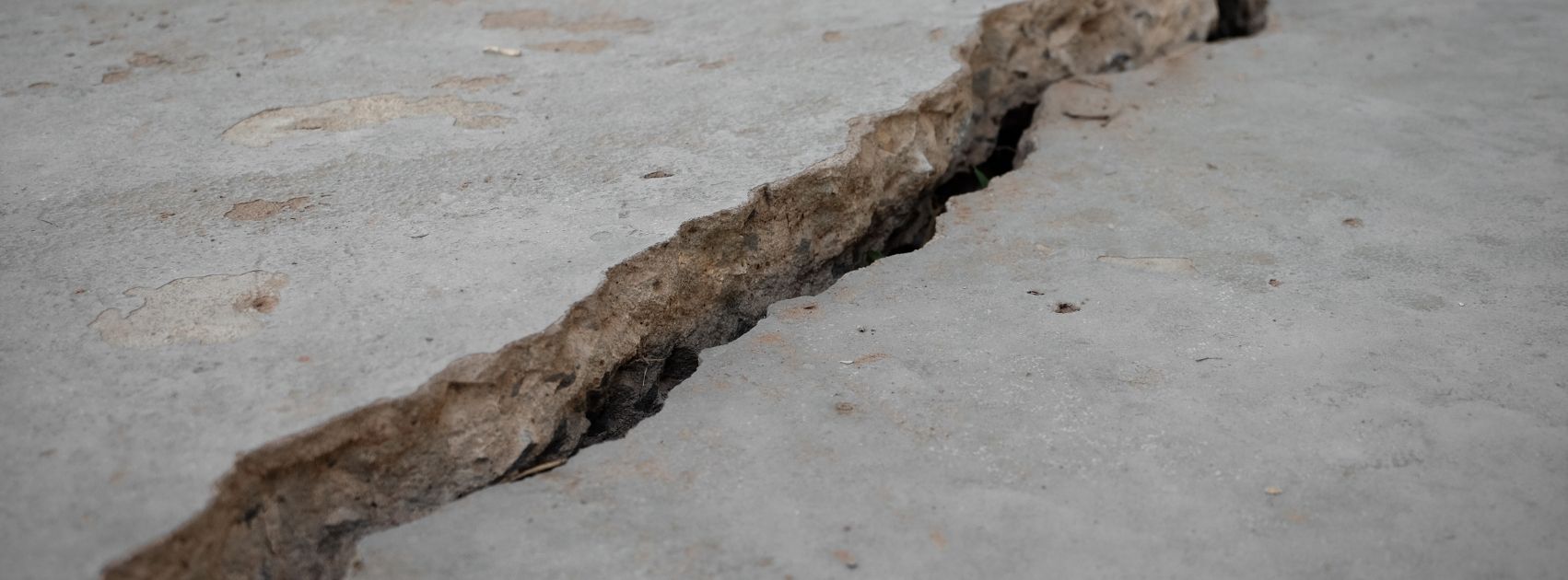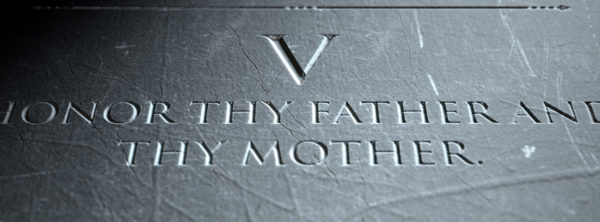“…and the earth quaked, and the rocks were split.”—Matthew 27:51
In the Word there are four phenomena mentioned to have occurred before, during, and three days after Jesus’ crucifixion. First, darkness fell, though the day was new. Second, the veil that separated the Holy of Holies from the rest of the Temple—where the ark rested and caused the veil to ebb and flow with God’s breath until the moment Jesus gave up His Spirit—was torn in two. Third, the earth quaked, and rocks were split. Fourth, tombs were opened and saints were raised from the dead.
These events and others surrounding Jesus’ sentencing, execution, and resurrection are found to varying degrees in the Word and in the historical records of both Jews and Gentiles. For instance, the High Priest, Caiaphas, despite being the first instrument of Jesus’ sentencing by sending Jesus to Pilate, wrote that he saw Jesus after He had been crucified. Caiaphas even gave reports from the soldiers surrounding Jesus’ tomb regarding His resurrection and the resurrection of the saints.
Pontius Pilate also gave much information on these events—in fact, more so, since he was of a more favorable opinion of Jesus—ranging from the darkness that fell, to “appalling scenes of nature” including a dreadful earthquake in “lower Egypt” (a term from that period of time which could mean a strong ground-shaking earthquake from the ‘lower depths’) that filled everyone with fear.
The Earthquake and Splitting of Rocks:
Three of the four books in the Word recounting the life, death, and resurrection of Jesus tell us of some, or all, of the four phenomena: darkness, rending of the veil, rock-splitting earthquake, and raising of the saints.
Yet, there are other sources from people not mentioned in the Word that corroborate the darkness and earthquake at Jesus’ crucifixion. For instance, a historian, Thallus, whose original work was lost but was quoted by many historians and writers for centuries following, is to have said, “On the whole world there pressed a most fearful darkness; and the rocks were rent by an earthquake, and many places in Judea and other districts were thrown down.” [(Julius Africanus, Extant Writings, XVIII in the Anti-Nicene Fathers, vol. VI, 130)(Written in 221 AD, but quoting writings of Thallus from 52 AD.)]
While the source above does not mention the death of Jesus, and Thallus himself may not have mentioned it—Thallus’ full histories currently lost—the darkness and earthquake occurring simultaneously lend a confirmation to the writings of the disciples and of Pilate who wrote…
“I was left alone, and my breaking heart admonished me that what was passing at that moment appertained rather to the history of the gods than that of men… Whilst these appalling scenes of nature were transpiring, there was a dreadful earthquake in lower Egypt, which filled everybody with fear, and scared the superstitious Jews almost to death. …I am almost ready to say, as did Manlius at the cross, ‘Truly this was the Son of God.’” (THE ARCHKO VOLUME; Or, The Archeological Writings of the Sanhedrim and Talmuds of the Jews)
Further, there are modern geological records which support a strong earthquake in Jerusalem in the year 33 AD, evidenced within layers of laminated mud found at the Dead Sea.
However, while there are many extra-biblical (non-Word based) sources, it is only in combining the accounts of historians, officials, authorities, AND the disciples that we gain a full image of what occurred the day Jesus died. For without the knowledge of Jesus, the events themselves would appear a strange coincidence; but when combined with the timing of Jesus’ crucifixion, we discover the life changing truth of events…
That Jesus was not only the son of God, but as He had spoken, “… ‘I tell you that if these should keep silent, the stones would immediately cry out.’”—Luke 19:40
Jesus’ disciples kept silent about who Jesus was when He was sentenced and led to the cross, and the rocks cried out. The earth shook, the rocks split, and Jesus’ identity was made manifest to those who had eyes to see and ears to hear.
“Then, behold, the veil of the temple was torn in two from top to bottom; and the earth quaked, and the rocks were split… So when the centurion and those with him, who were guarding Jesus, saw the earthquake and the things that had happened, they feared greatly, saying, ‘Truly this was the Son of God!’”—Matthew 27:51, 54
While Matthew is the only disciple who mentioned the earthquake at Jesus’ death, recent geological evidence has shown that there was indeed an earthquake in the year Jesus is believed by most to have been crucified—in 33 AD. Thus, when we combine Matthew’s testimony, Pilate’s account, historians from the time such as Thallus, and of course the geological record, the truth of the earthquake is made manifest.
That said, Matthew mentions a second earthquake, one when an angel came to earth to roll away the stone of the tomb and Jesus walked out…
Now, as with the first earthquake, Matthew is the only disciple who wrote of it. However, in this case, those guards of the tomb—approximately 100 according to historical accounts—who had not been paid off, claimed that no earthquake occurred… for even Pilate himself questioned them. That said, they did claim that the earth seemed to roll as the pre-dawn hours grew bright; thus, perhaps the earthquake Matthew describes in this instance was a supernatural phenomenon rather than a physical phenomenon caused by supernatural forces.
Considering that the geological record indicates only one earthquake in the year Jesus died—at least, one that could be felt as far as the Dead Sea—and that the historical accounts of an earthquake all correspond with darkness coming over the day and not light coming over the night, it is possible that Matthew’s second earthquake, while quite real to those in the vicinity of the tomb, was not seismic activity, but the Glory, Majesty, and Power of God.
“…the God of glory thunders…”—Psalm 29:3
“…His voice was like the sound of many waters; and the earth shone with His glory.”—Ezekiel 43:2
Conclusion:
While the earthquake at the time of Jesus’ death and the other at His resurrection are one of the least mentioned of the four phenomena in the Word—darkness, rending of the veil, earthquake, and raising of the saints—there is no reason to doubt the occurrence of ALL four.
“Jesus said to her, ‘I am the resurrection and the life. He who believes in Me, though he may die, he shall live. And whoever lives and believes in Me shall never die. Do you believe this?’”—John 11:25-26
The earth, just as Jesus foreknew, cried out when man did not believe; as it continues to do to this day when nations blatantly turn from God.
God is still moving, and the phenomena that responded to Jesus’ death and resurrection are being proven true in the natural more and more with each passing year. From geological evidence, to archaeological, and even historical, God’s Word is shining with its truth!
The rocks are testifying… it is time for us to testify in turn.
Praise the Lord from the earth,
you great sea creatures and all the depths;
fire and hail, snow and clouds;
stormy wind, fulfilling His word;
mountains and all hills;
fruitful trees and all cedars;
beasts and all cattle;
creeping things and flying fowl;
kings of the earth and all peoples;
princes and all judges of the earth;
both young men and maidens;
old men and children.”
—Psalm 148:7-12








